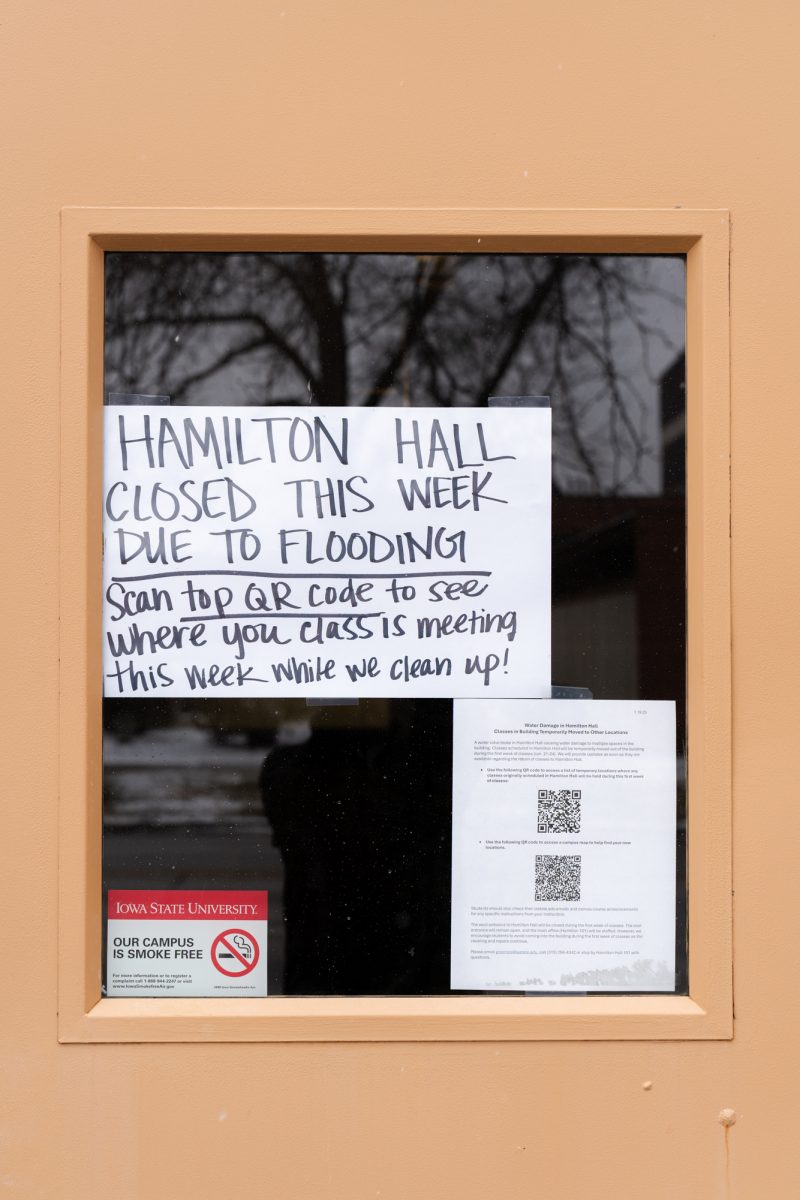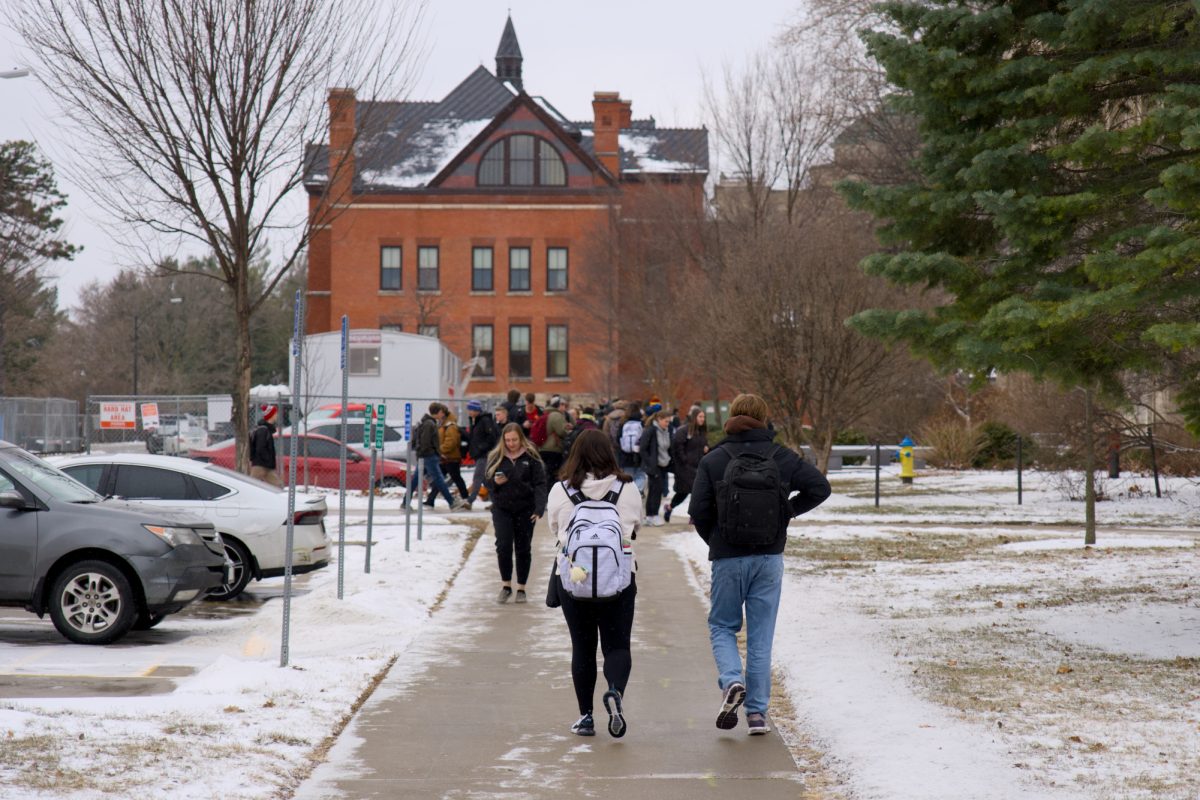Animal research lab security updated after Iowa break-ins
December 8, 2004
After a break-in at one of the University of Iowa’s animal research laboratories last month, officials from the U.S. Department of Agriculture and Iowa State’s animal research facilities have increased efforts to improve security surrounding Iowa State’s labs.
James Bloedel, vice provost for research administration, said his office, which coordinates security at campus labs, has reassessed people who have access cards and deactivated old cards given to people who no longer have a reason to be in the labs.
“What we have done is enhanced communication regarding security,” Bloedel said. “A significant amount of security on campus relates to an awareness of the users of the facility.”
He said someone might have gotten hold of a control access card for the University of Iowa, which could have been a factor in the break-in.
Security features, he said, vary between the many research labs on campus, although all the labs have security features like surveillance, alarms and electronic key card systems.
The Des Moines Register reported that The University of Iowa laboratory that was broken into Nov. 14 lacked these security measures.
“Nothing is 100 percent secure, unfortunately,” Bloedel said. “The intent is that they provide significant deterrents and security against break-ins.”
The ISU police department is responsible for monitoring the electronic security systems in place at the labs, said Capt. Gene Deisinger. ISU police also try to prevent break-ins by visibly patrolling the labs on campus, Deisinger said.
“If there were a break-in, we would respond as we would to any other incident,” Deisinger said.
The three federally operated National Veterinary Services Laboratories in Ames have been at a high level of security since Sept. 11, 2001, and have not made any significant changes as a result of the University of Iowa break-in, said Randall Levings, director of the veterinary labs.
“Lab animals aren’t adapted to live in the wild; even if they weren’t infected with anything, [a break-in] would be a concern with the animals,” Levings said. “We would have the additional concern of the animals spreading pathogens.”
The laboratories have worked with many pathogens, including those that can affect both humans and animals, including West Nile Virus and anthrax.
The national laboratories’ security is based on different zones within the lab, with more security measures protecting zones that contain more valuable assets, Levings said.
Some zones are open to visitors, while others that are closer to, or contain, pathogens or animals are not, he said.
“In that way, we don’t freeze ourselves up and make ourselves dysfunctional,” Levings said. “We are a public institution; we need to be somewhat open in some of our property.”
He said the labs are protected with human and electronic surveillance, as well as other forms of monitoring.
“This is a high-security facility,” Levings said.
He said if a break-in were to occur, the inspector general and possibly the FBI would be notified on a case-by-case basis.






